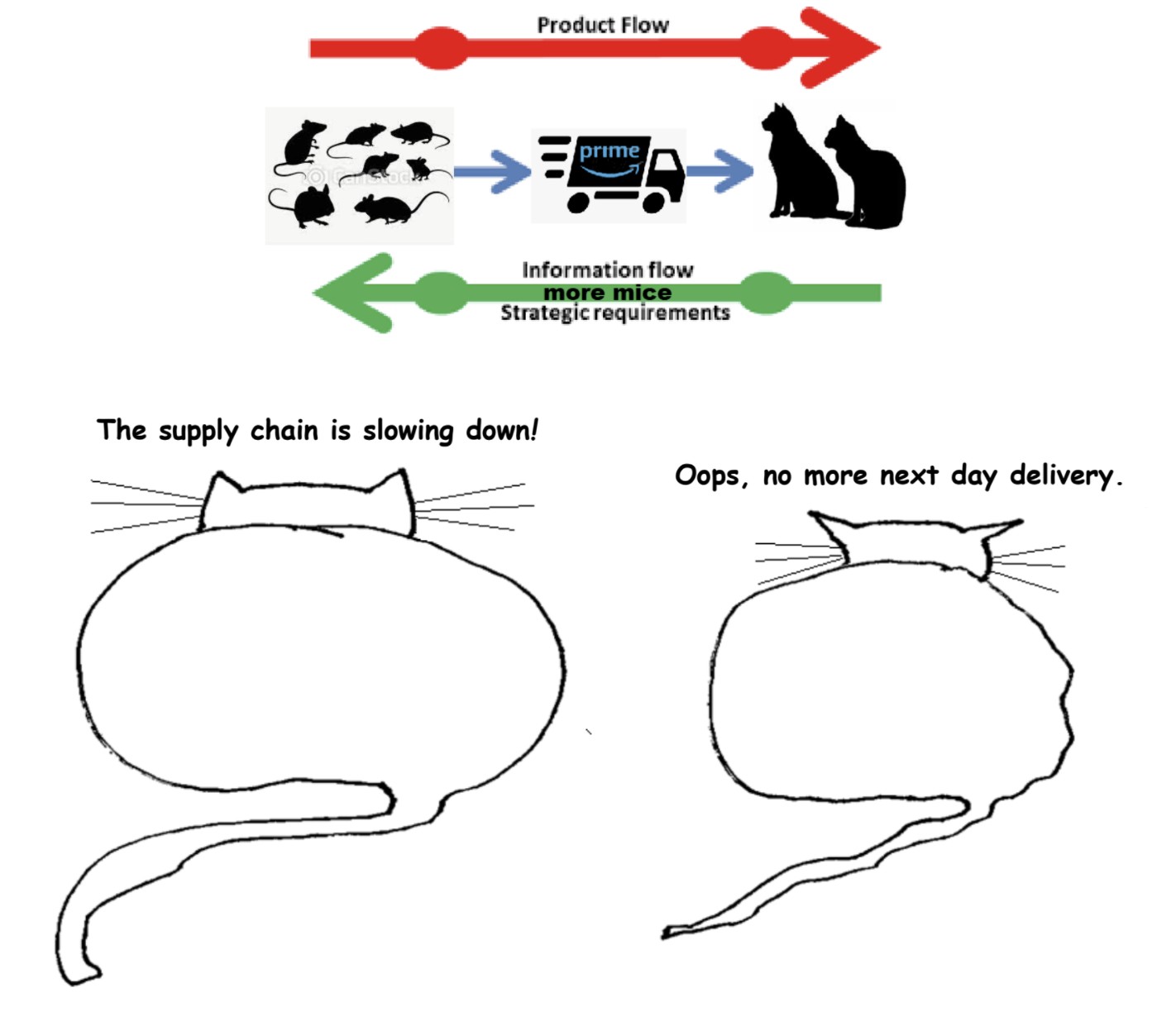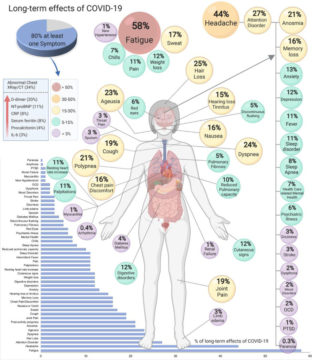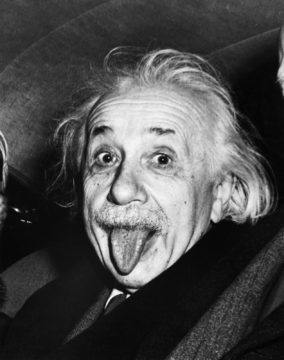by Michael Abraham-Fiallos
I am sitting at a coffee shop downtown. It’s a nice Friday morning, not too hot and not too cool, not quite autumn and not quite summer. I have eaten, so I am no longer dreaming. And, I am reading “Howl” by Allen Ginsberg for the first time in at least half a decade.
I realize about halfway through the poem’s first long section that I don’t like this poem very much. Or, I don’t like this poem very much anymore. It’s a little bit racist, a little bit whiny, a little bit full of itself. It is profound; don’t get me wrong. It is epochal, in its way. But, it is not for me anymore. In his introduction to Howl and Other Poems, William Carlos Williams writes that “Howl” is “a howl of defeat. Not defeat at all for he has gone through defeat as if it were an ordinary experience, a trivial experience” (a sentence if ever there was one). Perhaps this is what I no longer like, this defeat, this sense that only in the abject is one to find the truth. The gambit of “Howl” is to think the marginal—the madman, the homosexual, the drug addict—as the site of visionary consciousness. Normally, this is a gambit for which I would be entirely down. But, contrary to Williams’s notion that, in the poem, “the spirit of love survives to ennoble our lives if we have the strength and the courage and the faith—and the art! to persist,” there is a kind of showmanship in the poem that does not sit well with me, a glorying in the abject that never quite reaches the eternal pronunciation of the Truth-with-a-capital-T that it explicitly declares as its intent. “Howl” is an exposé of the marginalized life, and it reads, to me at least, as imbued at every moment with the same kind of sensationalism on which the exposé thrives. A perfect example of this is the third section to Carl Solomon, in which Ginsberg declares as his refrain, “I’m with you in Rockland,” the psychiatric institute. While Ginsberg and Solomon did meet in a psychiatric institute, and while Solomon was in and out of them throughout his life, he was never in Rockland, and this bothered him. He also generally took issue with his representation in the poem, feeling it was not historically accurate and feeling, one imagines, sensationalized, reduced to his psychological afflictions to serve Ginsberg’s aesthetic aims. This is not to say that there is not gentleness in “Howl” at certain points, that Ginsberg did not belong to and care for the community he describes. But, “Howl” revels in a pain that I would seek to ameliorate rather than to celebrate. It takes too much pride in the total destruction of its protagonists and does not display enough worry for them.
However, as I read, I am taken back in time to a very different period in my life: sixteen and a fag, caught in the suburbs and dreaming of Manhattan, stumbling through sex and hopelessly in love with every boy, gay or straight or inbetween, who would bear his cock to me, tumbling over myself with hormones and earnestness and a flamelike desire to mean, to write. I found Ginsberg sometime around then. “Howl” consumed me like a dream. Read more »

 Cauleen Smith. Space Station Chinoiserie #1: Take hold of the Clouds, 2018.
Cauleen Smith. Space Station Chinoiserie #1: Take hold of the Clouds, 2018. Last night I (Danielle Spencer) went to the New York Film Festival screening of Memoria (dir. Apichatpong Weerasethakul) in Alice Tully hall at Lincoln Center. I last joined a large gathering 19 months ago, in March of 2020.
Last night I (Danielle Spencer) went to the New York Film Festival screening of Memoria (dir. Apichatpong Weerasethakul) in Alice Tully hall at Lincoln Center. I last joined a large gathering 19 months ago, in March of 2020.
 In the world of Star Trek, no one ever goes hungry or lacks access to healthcare. No one wants for housing, education, social inclusion or any other basic need. In fact, no citizen of the United Federation of Planets is ever seen to pay for everyday goods or services, only for gambling or special entertainments. The Federation suffers no scarcity of any kind. All waste is presumably fed into the replicators and turned into fresh food or new clothes or whatever is needed. Yet despite ample social safety nets, there’s no end to internecine politicking, human foibles and failures, corruption and vanity, charisma and venality. The world of Star Trek appeals so widely, I think, because it presents us with something colorfully short of a utopia, a flawed human attempt toward a just, caring, and individually enabling social order. It imagines a society based on a shared set of human values—fairness, cooperation, political and economic egalitarianism—where basic human needs are equitably answered so that no one has to compete for basic subsistence and wellbeing. As the venerable
In the world of Star Trek, no one ever goes hungry or lacks access to healthcare. No one wants for housing, education, social inclusion or any other basic need. In fact, no citizen of the United Federation of Planets is ever seen to pay for everyday goods or services, only for gambling or special entertainments. The Federation suffers no scarcity of any kind. All waste is presumably fed into the replicators and turned into fresh food or new clothes or whatever is needed. Yet despite ample social safety nets, there’s no end to internecine politicking, human foibles and failures, corruption and vanity, charisma and venality. The world of Star Trek appeals so widely, I think, because it presents us with something colorfully short of a utopia, a flawed human attempt toward a just, caring, and individually enabling social order. It imagines a society based on a shared set of human values—fairness, cooperation, political and economic egalitarianism—where basic human needs are equitably answered so that no one has to compete for basic subsistence and wellbeing. As the venerable 

 What is the present? When did it begin? Stoics simply consult the calendar for an answer, where they find each new span of 24 hours reassuringly dubbed Today. Archaeologists speak of “Years Before Present” when referring to the time prior to January 1, 1950, the arbitrarily chosen inauguration of the era of radiocarbon dating following the explosion of the first atomic bombs. And the Judeo-Christian West makes of the present age a spatio-temporal chronotope, a narrative rooted in the time and place of birth of a particular figure, whose “presence” as guarantor is inextricable from the dating system, whether the appellations used are the frankly messianic Before Christ and Anno Domini, or the compromise variations on an ecumenical “Common Era”.
What is the present? When did it begin? Stoics simply consult the calendar for an answer, where they find each new span of 24 hours reassuringly dubbed Today. Archaeologists speak of “Years Before Present” when referring to the time prior to January 1, 1950, the arbitrarily chosen inauguration of the era of radiocarbon dating following the explosion of the first atomic bombs. And the Judeo-Christian West makes of the present age a spatio-temporal chronotope, a narrative rooted in the time and place of birth of a particular figure, whose “presence” as guarantor is inextricable from the dating system, whether the appellations used are the frankly messianic Before Christ and Anno Domini, or the compromise variations on an ecumenical “Common Era”.



 I recently spent a few weeks in the UK, which is suffering from a labor shortage post lockdown like the US. Though, unlike the US, some of the UK’s problems are self-inflicted Brexit wounds. The shortages are rippling through every sector, and as in the US, that includes hospitality. Coming out of lockdown, no doubt initiated by hygiene concerns, some restaurants I visited in New York used QR codes instead of handing out menus.
I recently spent a few weeks in the UK, which is suffering from a labor shortage post lockdown like the US. Though, unlike the US, some of the UK’s problems are self-inflicted Brexit wounds. The shortages are rippling through every sector, and as in the US, that includes hospitality. Coming out of lockdown, no doubt initiated by hygiene concerns, some restaurants I visited in New York used QR codes instead of handing out menus.  Shortly after my arrival at Cambridge I struck up a warm friendship with a very bright young faculty member, Jim Mirrlees (who was to get the Nobel Prize later), recently returned from a stint of research in India. (Although he was a high-powered theoretical economist, he had what seemed to me an almost religious/moral fervor for doing something to help poor countries). Even more than Frank Hahn, he got involved in the theoretical analysis in my dissertation, and helped me in making some of the proofs of my propositions simpler and less inelegant.
Shortly after my arrival at Cambridge I struck up a warm friendship with a very bright young faculty member, Jim Mirrlees (who was to get the Nobel Prize later), recently returned from a stint of research in India. (Although he was a high-powered theoretical economist, he had what seemed to me an almost religious/moral fervor for doing something to help poor countries). Even more than Frank Hahn, he got involved in the theoretical analysis in my dissertation, and helped me in making some of the proofs of my propositions simpler and less inelegant. Considered the epitome of genius, Albert Einstein appears like a wellspring of intellect gushing forth fully formed from the ground, without precedents or process. There was little in his lineage to suggest genius; his parents Hermann and Pauline, while having a pronounced aptitude for mathematics and music, gave no inkling of the off-scale progeny they would bring forth. His career itself is now the stuff of legend. In 1905, while working on physics almost as a side-project while sustaining a day job as technical patent clerk, third class, at the patent office in Bern, he published five papers that revolutionized physics and can only be compared to Isaac Newton’s burst of high creativity as he sought refuge from the plague. Among these were papers heralding his famous equation, E=mc^2, along with ones describing special relativity, Brownian motion and the basis of the photoelectric effect that cemented the particle nature of light. In one of history’s ironic episodes, it was the photoelectric effect paper rather than the one on special relativity that Einstein himself called revolutionary and that won him the 1922 Nobel Prize in physics.
Considered the epitome of genius, Albert Einstein appears like a wellspring of intellect gushing forth fully formed from the ground, without precedents or process. There was little in his lineage to suggest genius; his parents Hermann and Pauline, while having a pronounced aptitude for mathematics and music, gave no inkling of the off-scale progeny they would bring forth. His career itself is now the stuff of legend. In 1905, while working on physics almost as a side-project while sustaining a day job as technical patent clerk, third class, at the patent office in Bern, he published five papers that revolutionized physics and can only be compared to Isaac Newton’s burst of high creativity as he sought refuge from the plague. Among these were papers heralding his famous equation, E=mc^2, along with ones describing special relativity, Brownian motion and the basis of the photoelectric effect that cemented the particle nature of light. In one of history’s ironic episodes, it was the photoelectric effect paper rather than the one on special relativity that Einstein himself called revolutionary and that won him the 1922 Nobel Prize in physics.
 For my whole life, the world has been ending. For various alleged reasons. . . but always there’s been an overhang of dread and fear, the end times already here, human cussedness and sinfulness and greed at work in every moment, everywhere, eating away at what’s left of goodness and preparing the Day of Wrath, the horror, the tribulation, the Last Conflict, the End.
For my whole life, the world has been ending. For various alleged reasons. . . but always there’s been an overhang of dread and fear, the end times already here, human cussedness and sinfulness and greed at work in every moment, everywhere, eating away at what’s left of goodness and preparing the Day of Wrath, the horror, the tribulation, the Last Conflict, the End.
 Baseera Khan. A New Territory, 2021.
Baseera Khan. A New Territory, 2021.